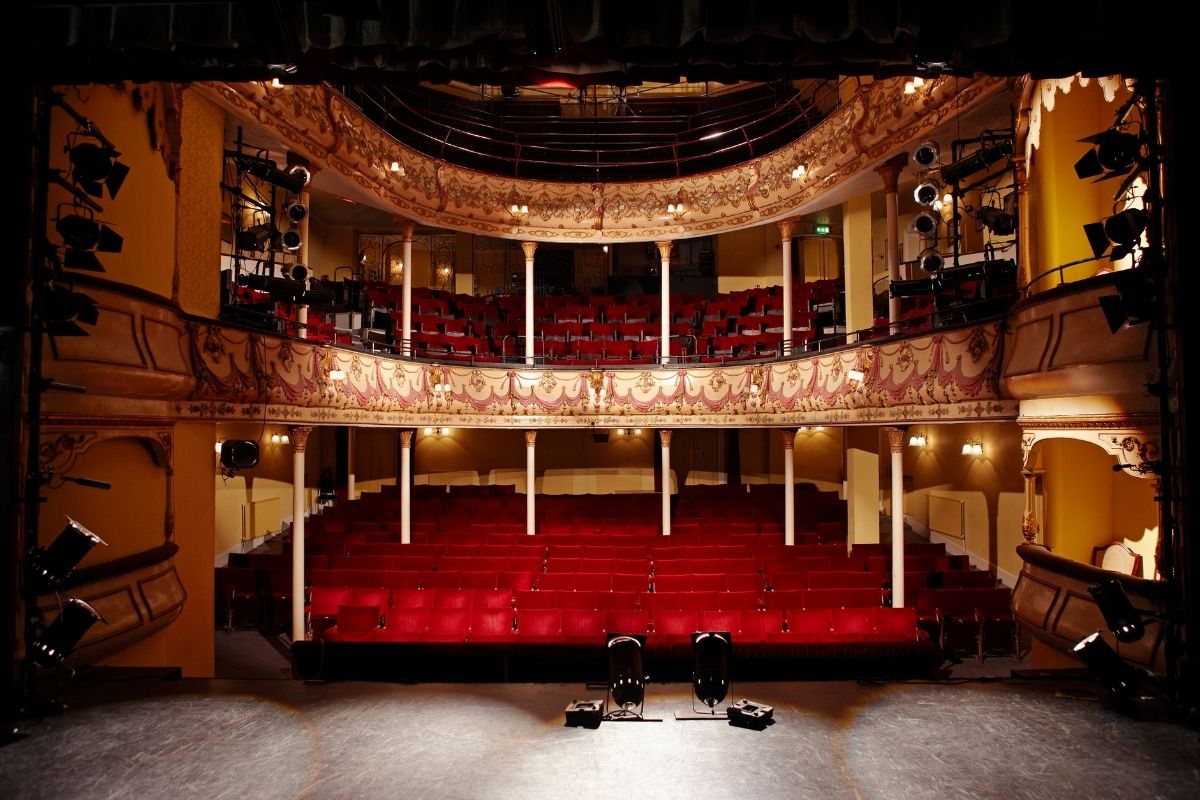Prepare for a New Role and Succeed in the Performing Arts
I do a lot of research about the time and the place when I start a new piece of material or undertake a new character. I feel so lucky that I live close to the Met because I can go and look at paintings. Especially with “Hamilton,” I can see paintings from that time, see how they make me feel. I can feel what women are saying within those paintings, within those portraits, because that’s all we have from that time. The research process is half online performing arts education and half real-world experiences and feelings applied to your character.
I try to look as much as I can to people that know more than me about the time period, about all of the facts, to get to the truth. Then, I have to really look into myself and see what my subtext is. What is underneath all of those facts? Is there an accent? Where is she from? When was she born? What’s underneath all of those things?
Sometimes a character can be very relatable to my own life, like Nina Rosario. I felt so connected to that character, because I’m the first one in my family to go to college. I always did things not just for myself, but with the notion that I was doing something more for my family and my community. That was a big part of my upbringing.
Nina was so much like that, and she took a lot of the weight of the world on her shoulders. I understood where she was coming from. I knew what her intention was, and I knew what her truth was, because it was just part of me. So, I had to bring that to the performance, which can be the hardest part, being vulnerable, being open to whatever’s going to happen.
I’m not robotic. I like to go in and breathe with the other actors and see where they are that night and what they’re giving me, and see how that moves me, how that moves my character, and see what I give them back. You can learn a lot from a performing arts education and also learn a lot from your fellow actors and their processes and performances.
It’s a very organic feeling every night, and I love that. I wouldn’t want it any other way. When you have an acting partner that also works that way, it’s just magic. The basic way that I try to build a character is really from the ground up and through honesty and through my truth.


